The University of New South Wales (UNSW) has agreed to help Australia
architecture
Industry startup Luyten accelerates its ability to3D printingThe development process of the lunar material machine.
UNSW’s assistance program will be carried out as part of the Meeka project, and they will jointly promote a new type of gantry-type lunar thunderstone3D printingMachine development and testing. The printing system is playfully named “Platypus Galacticas” (Platypus Galacticas), which aims to quickly build lunar infrastructure up to 9×12m in size, and ultimately help Australia achieve its goal of establishing a permanent residence on the lunar surface.
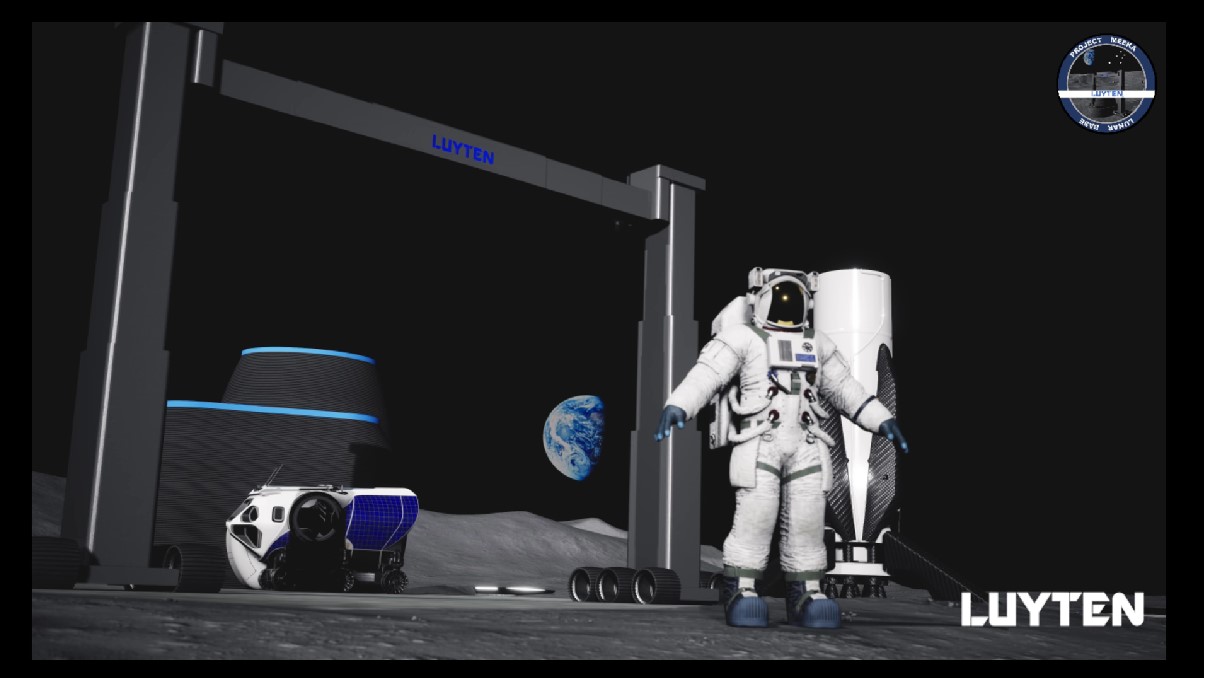
Luyten’s Platypus combination
Luyten, which was just established last year, is a start-up company whose stated goal is to bridge the technology gap between the construction and manufacturing sectors.In order to achieve this goal, the company has developed a series of modular “Platypus” concrete3D printingIt is not only sold for 31-35,850 U.S. dollars (USD), but it is also sold as a service for building huge one-off structures.
The company has also begun to develop another Platypus version that focuses on portability, called “X12”, which can be transformed into a 12×16m version in 20 minutes.3D printingmachine. The outside world knows very little about this upcoming system, but it is said that its scalability is achieved by a robotic transformer. Luyten said it will be a sturdy, mobile and lightweight device.
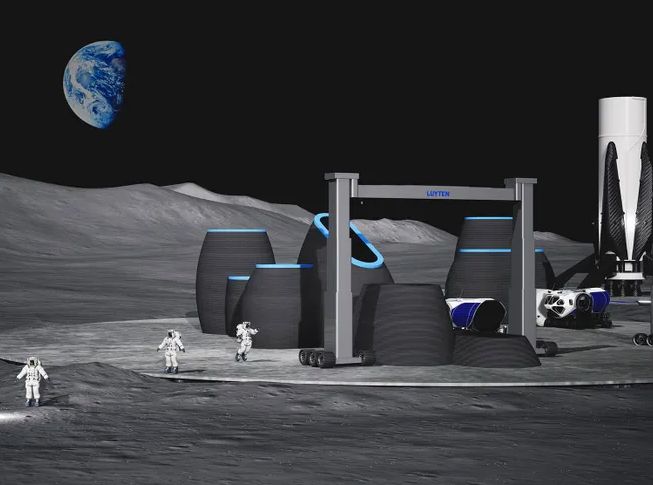
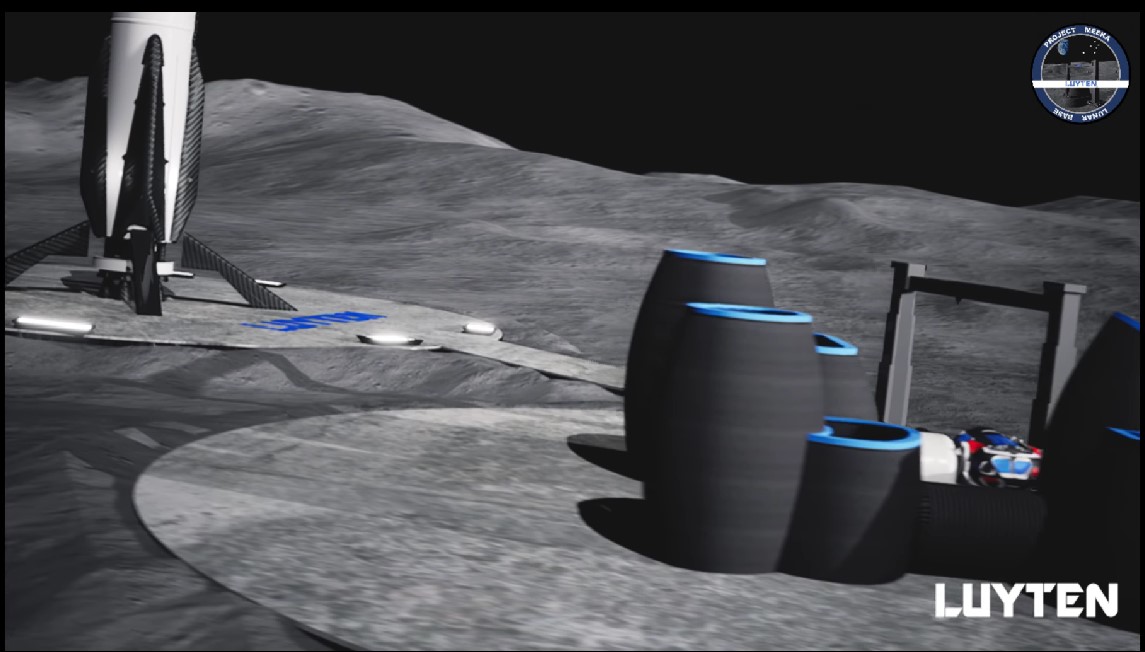
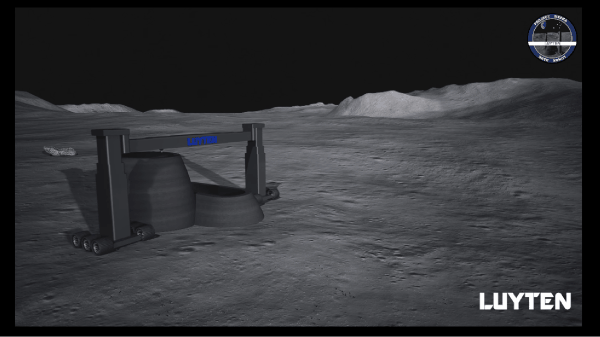
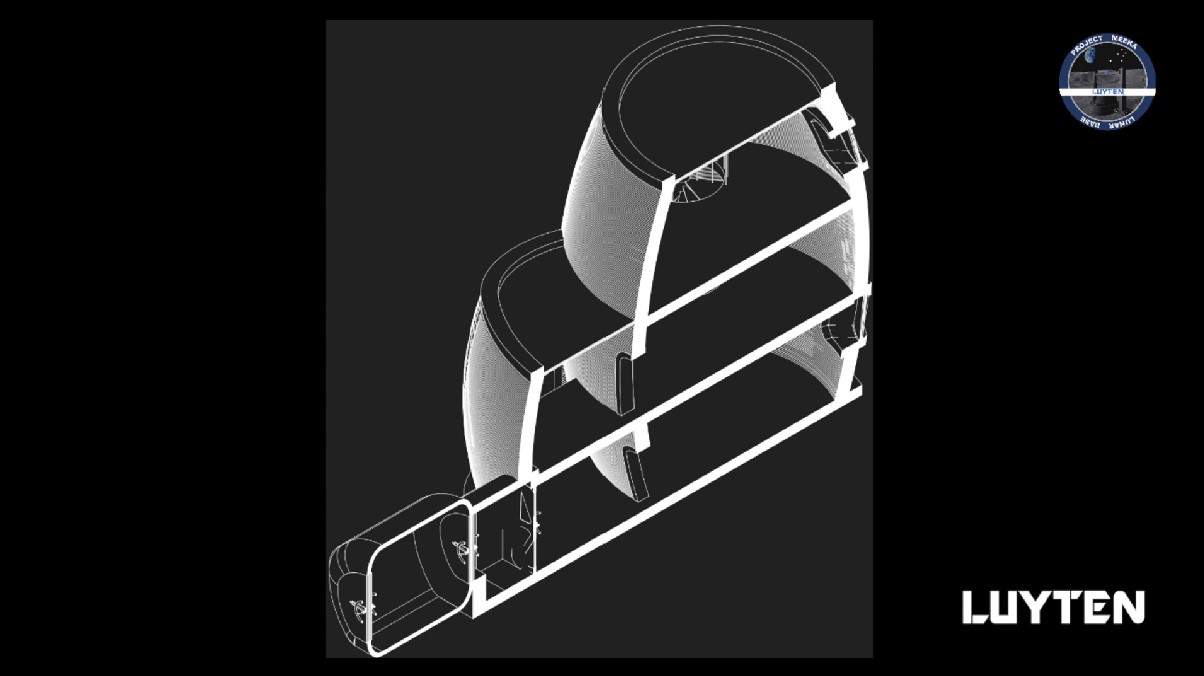
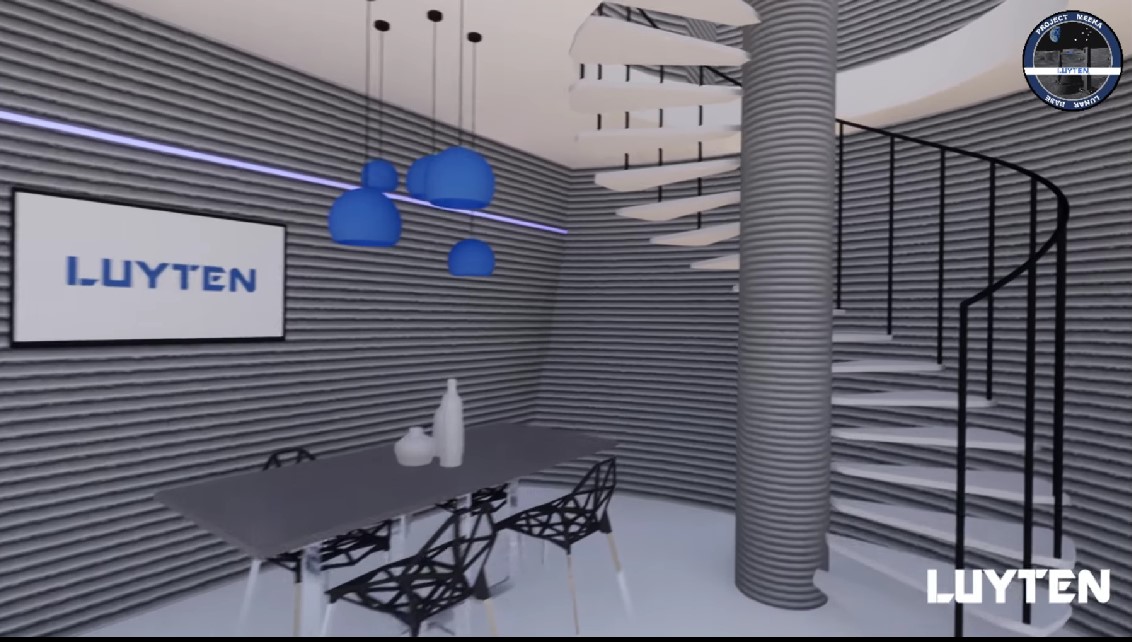
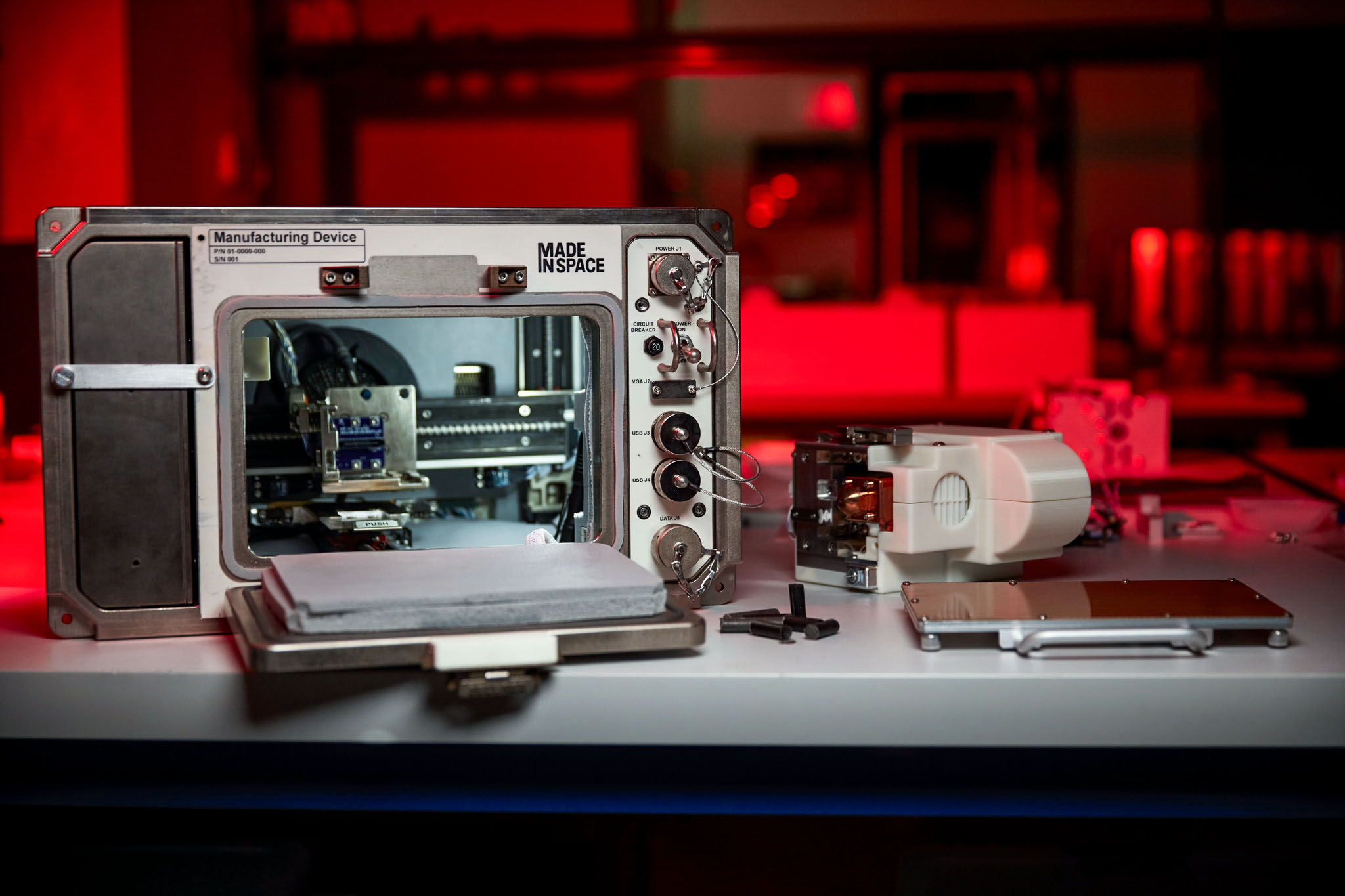
Although based on the moon thunderstone3D printingIt is still in the early stages of development, but several related research projects around the world have now received support from their respective national space agencies, and each project is seeking to investigate the potential of its lunar base construction.
For example, Redwire, an expert in space systems, has cooperated with the United States
aviation
The space agency signs a contract to assess the need for Thunderstone3D printingThe feasibility of forming a lunar structure. Redwire’s Thunderstone Printing (RRP) research program is carried out on the International Space Station and is intended as a technical demonstration of using lunar dust to simulate materials to create orbital buildings.
In Russia, the country’s Roscosmos agency has started a similar task to3D printingShelter based on magma.The same is true of the China National Space Administration, who revealed his3D printingLunar base plan.
(Editor in charge: admin)


0 Comments for “The process of interstellar immigration is speeding up! UNSW will help Luyten advance the research and development of lunar 3D printers”